Table of Contents
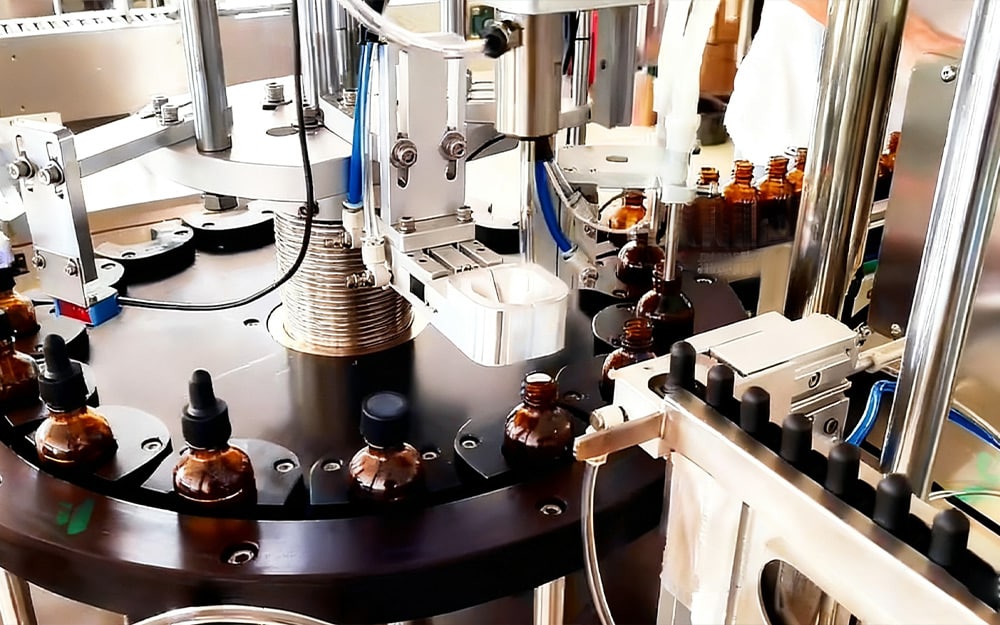
In the fast-moving industries of food, beverage, cosmetics, and pharmaceuticals, a wide range of packaging materials is available on the market today—plastic bottles, glass bottles, aluminum cans, tinplate cans, kraft paper bags, aluminum foil films, and more. However, glass bottles are still regarded as one of the most reliable packaging solutions. Compared with other materials, glass packaging is more premium, safer, and more inert, which means it can preserve the original flavor and quality of the contents.
But this does not mean that glass is naturally perfect or flawless. What truly makes it suitable as outer packaging—ready to safely enter the market after filling, sealing, and labeling—is a complete set of strict compatibility pre-tests carried out by a reliable supplier. These tests cover physical sealing, chemical resistance, environmental adaptability, and functional performance. Any failure in these aspects may lead to packaging defects. In light cases, production time may be delayed; in serious cases, it could result in immeasurable financial losses—or even risks to human life.
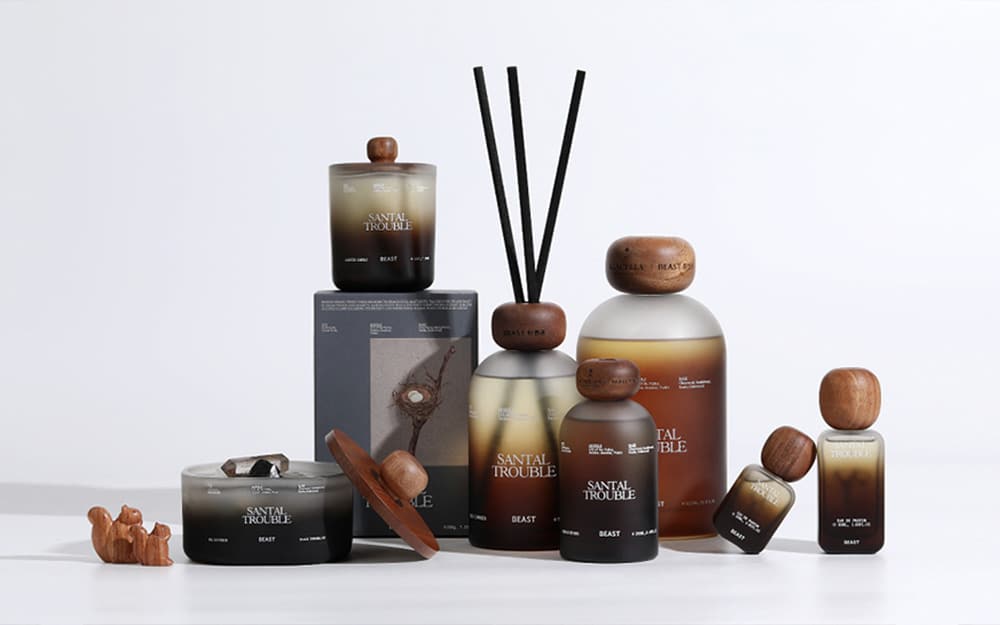
Ⅰ. Why Compatibility Testing Cannot Be Skipped
Although glass packaging bottles themselves are inert materials, once they are combined with caps, liners, labels, adhesives, and even filling processes, potential risks emerge. Over the years of working with global clients, we have encountered cases where the lack of compatibility testing—or neglect by suppliers—led to serious production and delivery problems. Some representative cases include:
Polish essential oil brand – corrosion of cap liner
A skincare product with high-concentration lemon essential oil was launched without sufficient compatibility testing. Within only two weeks, the EPE liner of the caps was corroded, leading to serious leakage. The brand had to postpone its new product launch.
Vietnam juice brand – acid reaction with tinplate caps
A Vietnamese juice manufacturer used glass juice bottle with tinplate caps without extended filling tests. During storage, the juice corroded the internal coating of the caps, causing an entire batch of goods to be discarded.
Australian condiment brand – label failure in hot filling
An Australian seasoning company used paper labels for their spice jar. In high-temperature and high-humidity filling environments, within two months, 30% of labels peeled off, directly affecting shelf image. Products had to be removed and re-packaged.
Indian high-oil product – lid incompatibility with adhesive
An Indian customer purchased glass paragon jar with tinplate caps that passed only basic water leakage tests. During filling with high-oil products, the inner hot-melt adhesive layer was incompatible. Caps slipped during closing, causing sealing failure. The brand was forced to add significant manpower, delaying deliveries, and resulting in penalties and customer complaints.
The commonality of these problems lies in the absence of systematic compatibility pre-testing, leading to market losses and brand image damage.
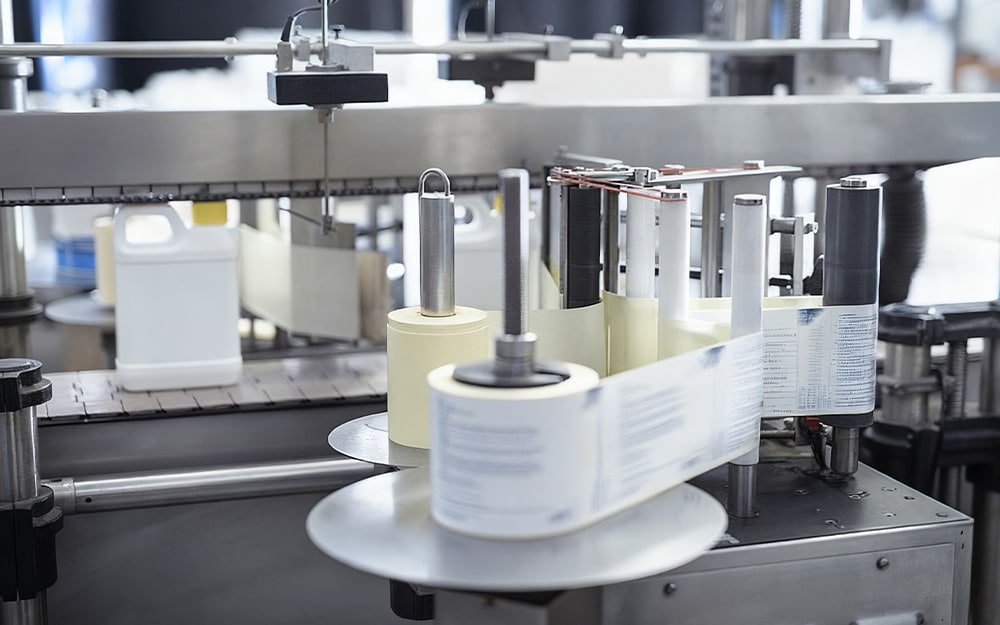
Ⅱ. Risks of Skipping Compatibility Testing
If compatibility testing is not carried out properly, packaging may fail in terms of physical sealing, chemical stability, or environmental adaptation. This can lead to:
1. Food Safety and Health Risks
Cap leakage or poor sealing may allow air, moisture, or microorganisms to enter the bottle, causing oxidation, spoilage, mold, or even toxic by-products that endanger consumer health. In the pharmaceutical field, packaging failure may directly threaten patient safety.
Interaction between materials and contents may cause chemical migration. Additives, plasticizers, or harmful substances from packaging may migrate into food, beverages, or cosmetics—posing major safety risks and leading to regulatory violations, recalls, or bans.
2. Brand Reputation and Market Trust
Consumers judge a product first by its packaging. Visible leakage, deformation, or poor labeling immediately creates a negative impression. In today’s social media era, negative reviews spread quickly, damaging brand trust. For premium categories such as caviar, skincare, nutraceuticals, and organic food, such packaging failures can be catastrophic.
3. Legal and Compliance Risks
Internationally recognized brands pay close attention to packaging compliance with food safety and pharmaceutical regulations. Failure to meet international standards (FDA, EU REACH, EU Food Contact Materials Regulation, etc.) may result in forced recalls, fines, lawsuits, or loss of market access.
4. Supply Chain and Commercial Losses
Packaging failure leads to rework, repackaging, or even re-production, causing delivery delays.
Distributors and retailers may file claims for damages, increasing logistics and return costs and eroding profit margins.
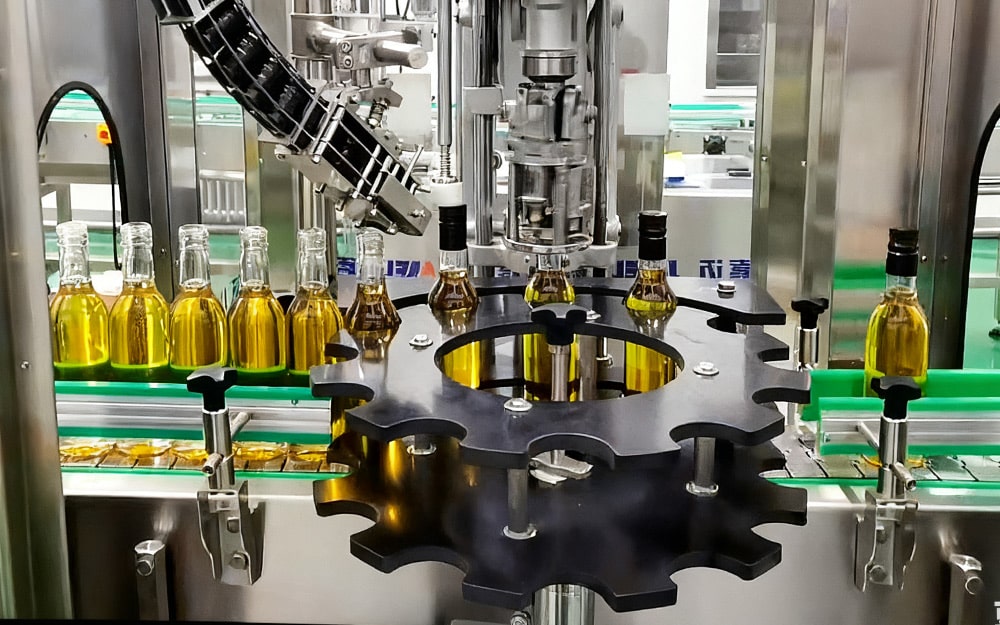
Ⅲ: Core Dimensions of Compatibility Testing
Based on the common compatibility pre-testing concerns in the glass bottle industry and the guidelines of relevant industry standards such as ISO 9001:2015, USP <661.2>, and EU Regulation (EC) No. 1935/2004, compatibility testing focuses on the following four dimensions:
- Physical compatibility: Cap sealability, risk of leakage during transportation, and label adhesion. Test methods include vacuum leak testing, torque testing (8–12 in·lb), and high-temperature and humidity adhesion testing (45°C/85% RH).
- Chemical compatibility: Interactions between product formulations (acids, oils, alcohols) and gaskets and adhesives; and migration risks. Test methods primarily include HPLC migration testing, FTIR spectroscopy, and ASTM D543 chemical resistance testing.
- High-temperature, high-humidity, UV, vibration, shock, and freezing resistance.These tests must pass the ISO 2248 drop test, ISTA 3A transport simulation, and QUV accelerated UV weathering testing.
- Consumer experience: Smooth opening and sealing, easy pouring, and effective secondary sealing. ASTM D3474 secondary seal test; consumer use simulation.
If your glass bottle manufacturers have sufficient industry experience and can conduct their own compatibility tests or remind customers to conduct compatibility tests in advance when customers are not fully aware of compatibility, this can significantly reduce the likelihood of incidents and prevent losses or damage to brand reputation. Therefore, when choosing glass bottle packaging, it’s crucial to select a more professional and experienced supplier.
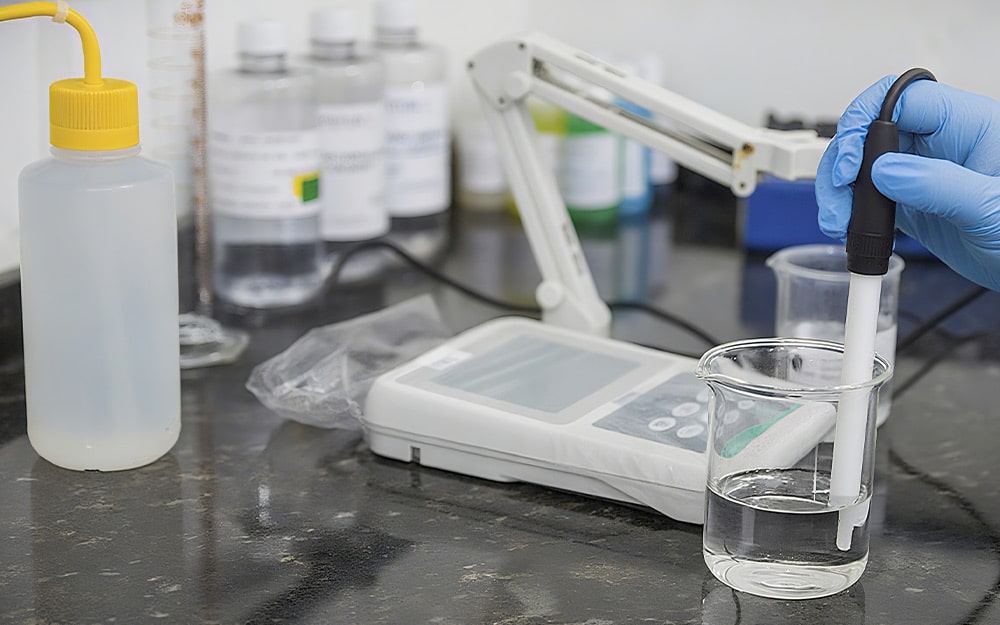
Ⅳ. Newray Helps Clients Solve Problems
Case 1: Hot-filled glass coffee beverage bottles
A European client’s coffee bottles showed liner deformation after 85°C hot filling followed by rapid cooling. Compatibility testing indicated the need for high-temperature-resistant liners and a slower cooling process. The problem was resolved.
Case 2: Pharmaceutical syrup glass bottle
A children’s syrup with ethanol showed trace migration when sealed with PET liners. After switching to aluminum foil composite liners, migration was undetectable and fully compliant with USP <661.2>.
Case 3: Glass Fragrance bottles – label detachment
A Southeast Asian client’s fragrance bottles had 30% label peeling under humid conditions. Testing showed the adhesive lacked moisture resistance. Replacing with PP waterproof labels and optimizing surface drying solved the issue.
Case 4: Soy sauce glass bottles for export
A brand exporting to Europe faced label fading during long sea transport. Testing confirmed insufficient UV stability of ink. Switching to UV-curing inks solved the problem.

Ⅴ. Process Flow – How It Works at Newray
At Newray, compatibility pre-testing is built into the early stage of packaging project development:
1. Sample selection
Our team will require our client to provides real product (jam, oil, acid, alcohol, beverage) to do the test. Or require the customer to do the test themselves and feedback the result to confirm all correct.
2. Filling simulation
Our quality team will do the testing during we do sampling glass bottles for our customers, includes ambient fill, hot fill, and cold fill under controlled conditions.
3. Accelerated aging
Our lab will storage the sealed products with fulfilled contents at 40°C/75% RH for 30 days, simulating one year of shelf life and offer the result before mass goods production.
4. Observation & analysis
Our team will do the detecting leakage, discoloration, adhesion failure, liner degradation, also we will require the clients to do the same test at their side.
5. Technical optimization
If compatibility is found to be broken, we will ask the customer to find a replacement promptly like material replacement, process improvements, or packaging upgrades.

Ⅵ. Benefits for Our Clients
Lower return risks – Testing prevents large-scale returns and claims.
Compliance assurance – Test data supports international certification and market access.
Supply chain cost savings – Testing investment is far less than recall costs.
Consumer trust – Packaging stability directly enhances brand reputation.
Ⅶ. Why Newray Packaging
With 50 years of experience in glass bottle manufacturing, Newray is more than a packaging supplier—we are a technical support partner. By integrating bottle caps, labels, adhesives, and the full packaging system, we provide one-stop solutions. Through compatibility testing, we ensure reliable cooperation across every step of the supply chain.
The success of a brand’s product lies not only in its content but also in the complete performance of its packaging system. Glass bottles, as the leading choice for premium packaging, must pass strict compatibility pre-tests to safeguard brand reputation, reduce costs, ensure compliance, and win consumer trust.
At Newray, we believe: the right packaging solution begins with compatibility testing.

